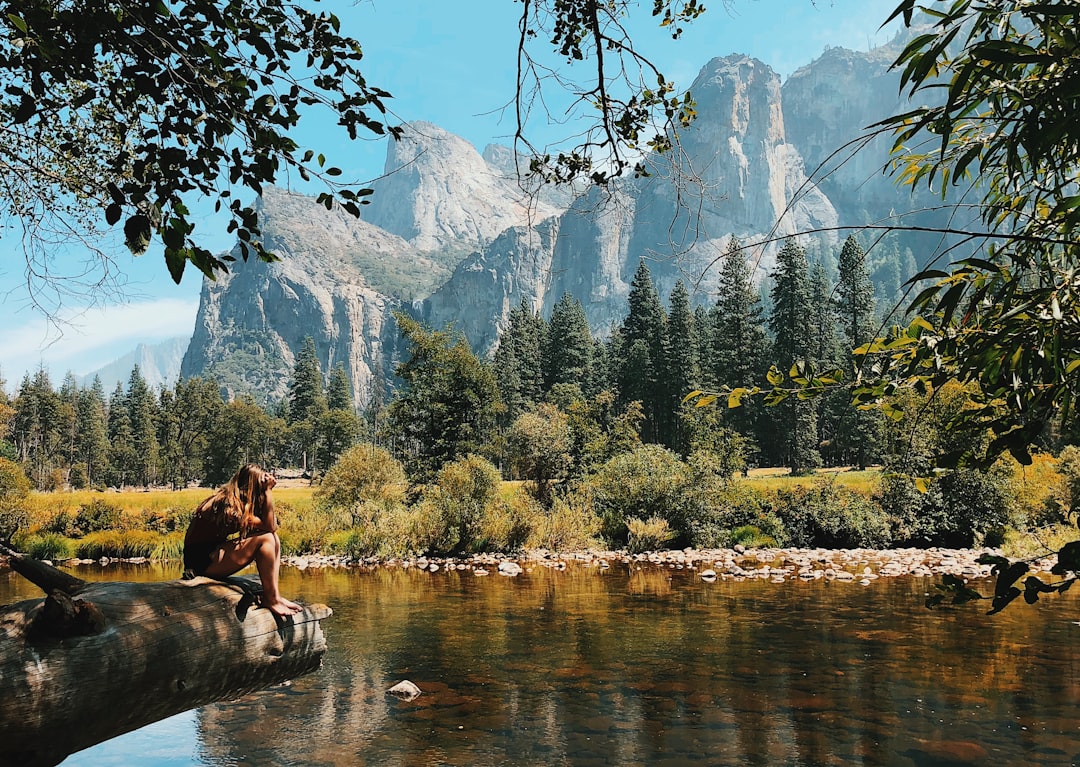The Art of Traveling Light: Embracing Minimalism on Your Outdoor Adventures
In a world that often equates happiness with abundance, the notion of traveling light may seem counterintuitive. Yet, for those who have embraced minimalism, the freedom of carrying less is a revelation. Imagine embarking on a hiking expedition or a spontaneous road trip with just a backpack filled with the essentials. It’s liberating, invigorating, and often leads to unexpected adventures. In this blog, we’ll explore the philosophy behind minimalist travel and share tips on how to downsize your packing list without compromising your outdoor experience.
First, let’s delve into the psychological benefits of minimalism. When we declutter our belongings, we also declutter our minds. The simple act of choosing what to pack can be therapeutic, forcing us to prioritize what truly matters. Minimalism invites a sense of clarity; it allows you to focus on the journey itself rather than the accumulation of stuff. When you’re surrounded by nature, the last thing you want is to be burdened by unnecessary gear.
To start your minimalist adventure, consider the 80/20 rule—80% of your time is spent using just 20% of your belongings. Apply this principle to your packing strategy. Focus on versatile clothing that can serve multiple purposes. For example, a quick-drying shirt can transition from a hike to a casual dinner without looking out of place. Choose lightweight, multifunctional gear that is easy to pack and carry. A good rule of thumb is to aim for a backpack that weighs no more than 10-20% of your body weight.
Next, think about your itinerary. When planning outdoor activities, it’s easy to get caught up in the thrill of the adventure and pack everything but the kitchen sink. Instead, curate your experiences. Research local attractions, trails, and sights that require minimal gear. Consider camping with a lightweight tent or hammock, which takes up far less space than traditional camping setups. Embrace the environment around you; after all, the beauty of the outdoors doesn’t require much to enjoy.
A common fear associated with minimal travel is the worry of forgetting essential items. Here’s where a well-thought-out packing list comes into play. Start by categorizing your essentials: clothing, cooking gear, navigation tools, and personal items. Take time to think critically about each category. For instance, can you survive with just one pair of shoes? The answer is likely yes, especially if you choose a comfortable pair that’s suitable for both hiking and casual wear.
Also, consider the use of technology. In our digital age, there are countless apps designed to assist travelers in planning and navigating their journeys. Whether it’s an app for finding hiking trails or a tool for tracking your packing list, technology can help lighten your load—figuratively and literally.
Beyond practicalities, the joy of minimalist travel lies in the experiences you gain along the way. Picture this: you’re hiking a rugged trail, your backpack feels light, and you’re fully present in the moment. You’re free to connect with fellow travelers, to share stories, and to appreciate the stunning views without the distraction of overpacked bags. You may even find that by shedding the weight of material possessions, you’re better able to connect with nature and yourself.
In closing, the art of traveling light is not just about reducing physical weight; it’s about shedding the mental baggage that often accompanies travel. It encourages spontaneity and opens up new possibilities, leading to adventures you might have otherwise missed. So, as you plan your next outdoor excursion, challenge yourself to pack light, embrace minimalism, and enjoy the freedom that comes with it. Adventure awaits, and it’s waiting for you—without the weight.







